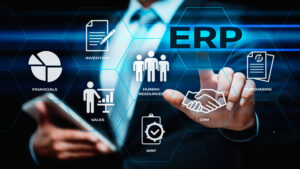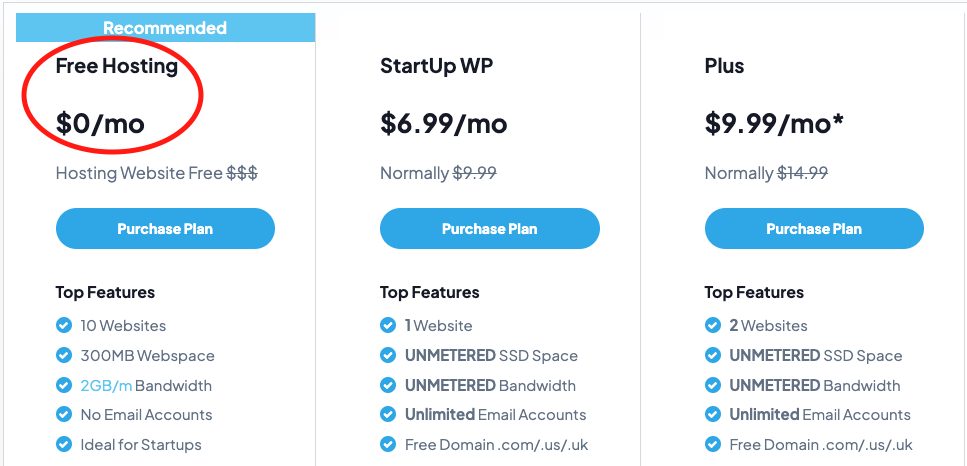Enterprise Resource Planning Systems for Businesses
At the point when you look for ERP on the web, the sheer measure of data that surfaces can be overpowering—also a touch of befuddling. Each site appears to have its meaning of ERP, and one ERP usage can shift broadly from the following. These distinctions, notwithstanding, underscore the adaptability that can make ERP a particularly great business device. ERP Enterprise Resource Planning system Vesu Surat
To get a more clear understanding of how ERP arrangements can change your business, it improves the feeling of what ERP is and how it functions. Here’s a concise prologue to ERP and why it appears as though everybody’s discussing it.
ERP Integrates Processes Across Business Functions
ERP (Enterprise Resource Planning), yet even its complete name doesn’t reveal a lot of insight into what ERP is or what it does. For that, you need to make a stride back and consider the entirety of the different cycles that are fundamental to maintaining a business, including stock and request the executives, bookkeeping, HR, client relationship the board (CRM), and past. At its fundamental level, ERP programming coordinates these different capacities into one complete framework to smooth out cycles and data across the whole association.
The focal element of all ERP frameworks is a shared information base underpinning numerous capacities utilized by various specialty units. This implies that workers in various divisions—for instance, bookkeeping and deals—can depend on similar data for their particular requirements—Quicken Business Performance utilizing NetSuite Cloud ERP.
ERP Synchronizes Reporting and Automation
ERP programming likewise offers some level of synchronized detailing and computerization. Rather than compelling workers to keep up discrete information bases and accounting pages that must be physically converged to produce reports, some ERP arrangements permit staff to pull reports from one framework. For example, with deals arranged naturally streaming into the monetary framework with no manual re-keying, the request the board office can handle arranges all the more rapidly and precisely. The accounting office can close the books quicker. Other normal ERP highlights incorporate an entry or dashboard to empower representatives to comprehend the business’ presentation on key measurements rapidly.
A Brief History of ERP
The term ERP was instituted in 1990 by Gartner1. But, its foundation dates to the 1960s. At that time, the idea applied to stock administration and control in the assembling area. Programmers did projects to screen stock, accommodate equilibriums, and report on status. By the 1970s, this had developed into Material Requirements Planning (MRP) frameworks for booking creation measures.
During the 1980s, MRP developed to envelop additionally fabricating measures, provoking numerous to call it MRP-II or Manufacturing Resource Planning. By 1990, these frameworks had extended outside the stock ability to control and other operational cycles to ANY other capacities like bookkeeping and HR, making way for ERP as we’ve come to know it.
- https://vetron.in/
-

erp3-429eb3c9 - on

